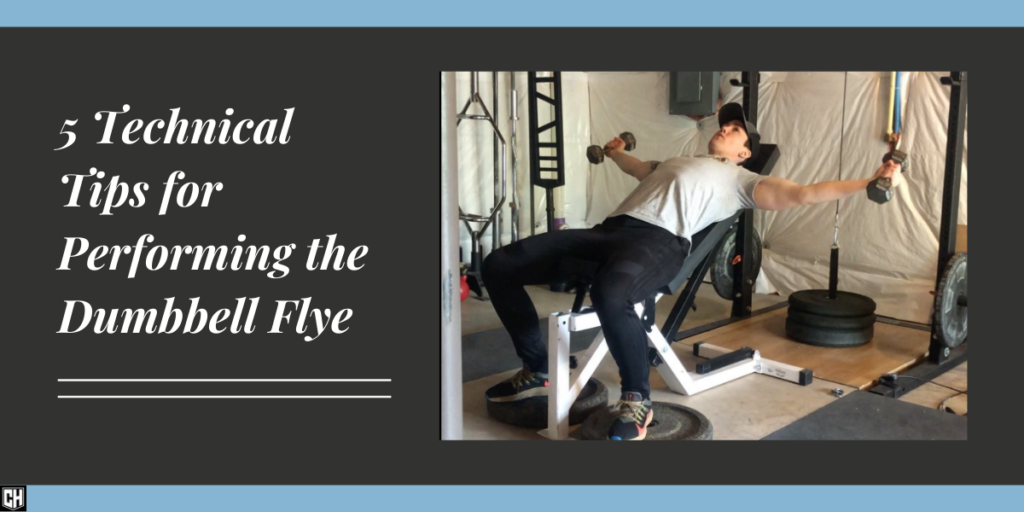|
|
If you’re looking to build up your chest muscles, then the Dumbbell Flye (also called the “Dumbbell Fly”) is a lift that you’ll definitely want to work in. It is a strength exercise designed to target your chest and shoulder muscles.
A fly or flye is a strength training exercise in which the hand holding the weight and the arm attached to it move through an arc. To perform this lift, you lock the elbow at a slight angle so the arm can act as a lever.
It can either be performed lying flat on your back or with sitting your back against an incline bench.
The dumbbell flye targets your “pec” muscles, which are the pectoralis major and minor muscles. It also hits your sternal fibres, which are muscle fibers that attach to your sternum.
This is why this exercise is phenomenal for creating chest definition and striations.
How to Do the Dumbbell Flye
In this video, I cover 5 technical tips for how to execute the dumbbell flye correctly to achieve maximal strength and size gains.
1. Use a light weight
Your arm is an “inefficient lever”. By that I mean that the load (the dumbbell) is located far from the fulcrum (your elbow) and even farther from your body. In particular, you chest muscles are the source of “force” for this lift.
Furthermore, this is an isolation exercise, so you’ll want to choose a light weight to execute this lift.
2. Leverage 5 stable points of contact
You will need a stable base to properly execute this lift. The more stable you are in you set-up, the better your form will be.
For this lift, your five points of contact should be your: left foot, right foot, butt (gluts), upper back, and head.
3. Use a slight (~10 degree) locked elbow position
The most common mistake made by novices doing the dummbell flye is to attempt to perform it with a perfectly straight arm. This is a beginner’s mistake.
To correctly perform this lift, you will want to use a slight bend in your elbow (about 10 degrees). This will keep you from placing too much unnecessary torque on your joints, particularly your elbow.
4. Lock your elbow in place
When performing the dumbbell flye, you want to propel the weight using your chest muscles, particularly your pectoralis major and minor.
Make sure that you are not using flexion through your elbow to move the weight, because this will recruit your biceps (and potentially other muscle groups). These muscles groups are not the intended target for this exercise.
5. Focus on your mind-muscle connection
To perform this lift, focus on squeezing (contracting) your chest muscles throughout the entire path of motion.
Place all of your mental focus on your “pecs” and feel them working to propell the dummbell fluidly throughout the full range-of-motion.
The more you can refrain from recruiting other muscle groups to assist your chest, the better your strength gains will be.
Bonus Tip for the Dumbell Flye
Finally, here’s a Pro Tip: You can do this exercise on a flat bench or an incline bench using a wide variety of angles. Varying your set-up and the angle you use will recruit different groups of muscle fibers.
Varying angles will also prevent muscle adaption, which is an effective way to keep your strength gains coming. Remember, the body is constantly trying to adapt, so it can be extremely helpful to vary up the stimulus.
What questions do you have about the dumbbell flye? Ask them in comments below.
